Weather Alert: Strong winds and rough seas forecasted for southern Mozambique
Maputo city’s population continuing to grow
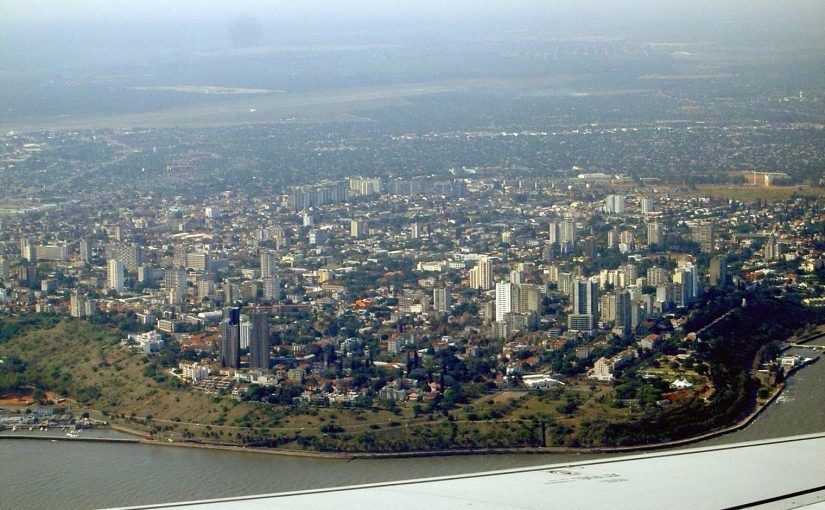
Macauhub (File photo) / Maputo
The population of Mozambique’s capital city, Maputo, continues to grow at a rapid rate as the result of high birth rates and immigration. According to the latest data from the National Statistics Institute (INE), there are now over 1,094,000 people living in the city, posing enormous challenges to the local government in its efforts to deliver basic services, provide food, and improve the city’s infrastructure.
The population of the city has grown enormously. In 1980 it had 770,000 residents, rising to 997,000 in 1997
The latest data also shows that the life expectancy of the city’s residents is increasing. Men are now living to an average age of 55 compared with 53 in 2007. For women, the increase in life expectancy is even greater, rising from 59 a decade ago to 63 today.
These statistics were released on Tuesday by Evaristo Manhenge from the INE at an event to mark World Population Day which took place in the secondary school at Laulane.
Speaking at the event, Manhenge pointed out that one of the main challenges facing the city is the lack of space for new housing for young adults, who represent a major part of the population. As a result, young married couples are opting to build houses in the outer zones of the city.
He explained that “the population pyramid is characterised by the increasing birth rate and growing numbers of young people”.
World Population Day was established by the United Nations in 1989, two years after the organisation marked the approximate day when world’s population reached five billion. Since then, the population has been increasing on average by 75 million people per year. Currently, the global population stands at 6.93 billion.
This year the event was held under the theme “Family Planning: Empowering People, Developing Nations”.
Mozambique will begin undertaking a population census August. Since independence, the country has carried out three population censuses – in 1980, 1997 and 2007. Based on projections from the 2007 census, the INE estimates the current population is 26.4 million. The country is still overwhelmingly rural, with 17.9 million people living in the countryside, and 8.5 million living in urban areas.




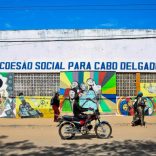
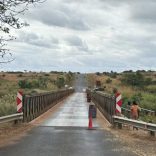
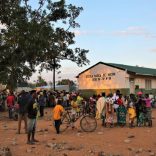

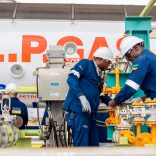



Leave a Reply
Be the First to Comment!
You must be logged in to post a comment.
You must be logged in to post a comment.